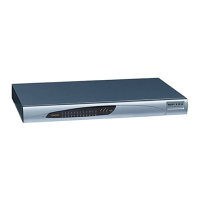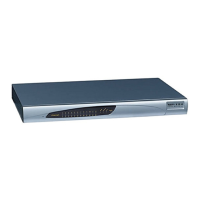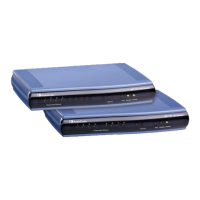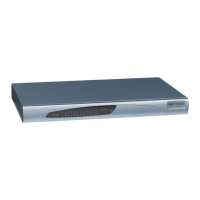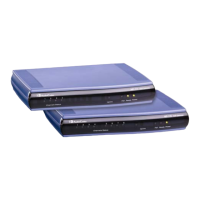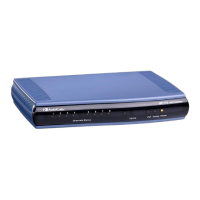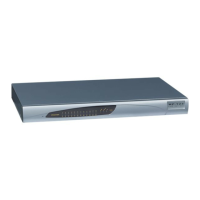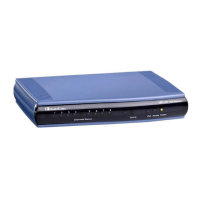SIP User's Manual 380 Document #: LTRT-65412
MP-11x & MP-124
The digit map pattern can contain up to 52 options (rules), each separated by a vertical bar
(|). The maximum length of the entire digit pattern is 152 characters. The available
notations are described in the table below:
Table 9-2: Digit Map Pattern Notations
Notation Description
[n-m]
Range of numbers (not letters).
.
(single dot) Repeat digits until next notation (e.g., T).
x
Any single digit.
T
Dial timeout (configured by the parameter TimeBetweenDigits).
S
Immediately applies a specific rule that is part of a general rule. For example,
if a digit map includes a general rule 'x.T' and a specific rule '11x', for the
specific rule to take precedence over the general rule, append 'S' to the
specific rule (i.e., '11xS').
Below is an example of a digit map pattern containing eight rules:
DigitMapping = 11xS|00[1-
7]xxx|8xxxxxxx|#xxxxxxx|*xx|91xxxxxxxxxx|9011x|x.T
In the example above, the rule "00[1-7]xxx" denotes dialed numbers that begin with 00, and
then any digit from 1 through 7, followed by three digits (of any number).
Notes:
• If you want the device to accept/dial any number, ensure that the digit
map contains the rule "x.T"; otherwise, dialed numbers not represented in
the digit map are rejected.
• If an external Dial Plan is implemented for dialing plans (refer to ''External
Dial Plan File'' on page 380), then digit mapping configured by the
parameter DigitMapping is ignored.
9.1.3 External Dial Plan File
The device allows you to select a specific Dial Plan (index) defined in an external Dial Plan
file. This file is loaded to the device as a *.dat file (binary file), converted from an ini file
using AudioCodes TrunkPack Downloadable Conversion utility (DConvert). This file can
include up to eight Dial Plans (Dial Plan indices). The required Dial Plan can be selected
using the Dial Plan index, using the parameter DialPlanIndex. This parameter can use
values 0 through 7, where 0 denotes PLAN1, 1 denotes PLAN2, and so on. The Dial Plan
index can be configured globally or per Tel Profile. The Dial Plan file can include up to
8,000 dialing rules (lines).
The format of the Dial Plan index file is as follows:
A name in square brackets ("[...]") on a separate line indicates the beginning of a new
Dial Plan index.
Every line under the Dial Plan index defines a dialing prefix and the number of digits
expected to follow that prefix. The prefix is separated by a comma (",") from the
number of additional digits.
The prefix can include numerical ranges in the format [x-y], as well as multiple
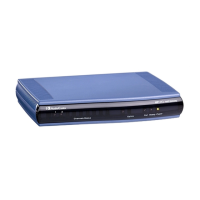
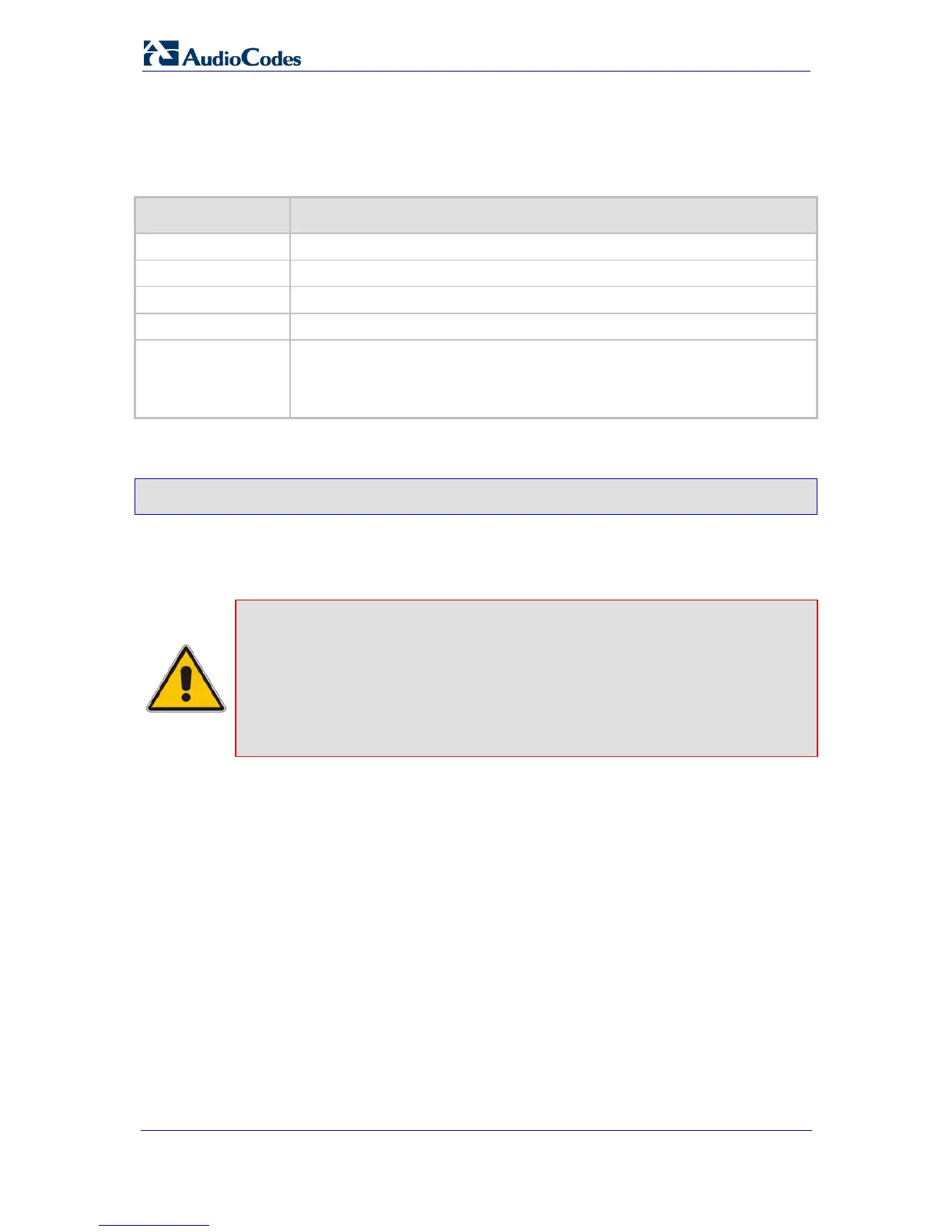